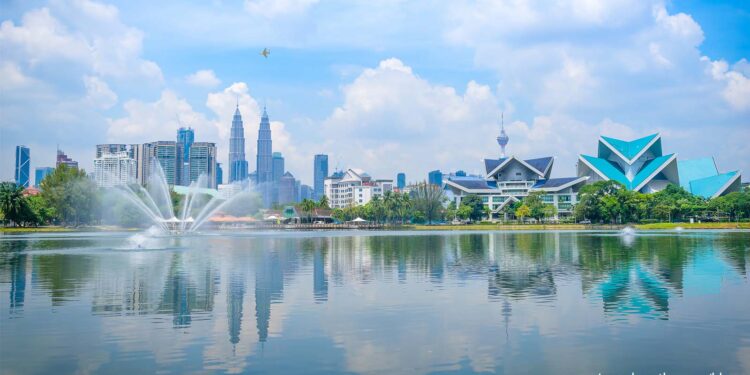Transiting Malaysia: Part 2 – Permits & Flight Plans

This business aviation blog post continues from our article last week, titled “Transiting Malaysia: Part 1 – Airports & Local Area“.
Although Malaysia is not a complex operating environment, from the planning, permit and access perspective, it’s important to give yourself sufficient lead time to secure permits and, when required, airport slots.
The following is an overview of what you need to know:
1. Filing flight plans
To avoid delays, flight plans should be filed at least 12 hours prior to operation. If flight plans are not submitted with appropriate lead time you may experience operational delays.
2. Permit requests/revisions
Malaysian landing permits are valid +/- 72 hours from time of intended schedule. If you depart earlier than originally advised – within the approved 72-hour window – you’ll need to send a notification. If your schedule changes outside this window, if you’re operating to a different airport in Malaysia, or your origin or final destination outside Malaysia changes, it’s mandatory to revise your permit. Operators should provide at least 24 hours notification for changes to previously approved permits.
3. Documentation needed for travel and permits
Ensure you have correct and complete documentation – including full passenger and crew details, passport numbers and expiration dates, visas, aircraft liability insurance, etc. – prior to operating to Malaysia. For landing permit requests you’ll need to provide basic crew and passenger information, routing into/out of the country and standard aircraft documentation such as worldwide insurance and airworthiness. It’s not necessary to provide a local business contact/sponsor when traveling to Malaysia, but you’ll need to indicate the purpose of your flight. Although Malaysia exempts many nationalities from visa requirements, this should always be verified with your ground handler as visas on arrival are not possible.
4. Overflight considerations
While Malaysia only mandates overflight permits for military, experimental and diplomatic aircraft, it’s important to know overflight lead times for surrounding countries. Some countries, including Indonesia, are stricter and have longer overflight permit lead times than others and short notice trips, crossing multiple flight information regions (FIRs), could potentially become an issue. Be aware that if you use a Malaysian airport for a tech stop you’ll require a landing permit.
5. Airport slot and visa requirements
Some airports in Malaysia require airport slots while others do not. Kuala Lumpur Intl (WMKK), for example, mandates slots while Sultan Abdul Aziz Shah (WMSA) doesn’t. It’s important to confirm airport slot requirements and restrictions with your 3rd-party provider or local ground handler in advance. Depending upon crew/passenger nationality, visas may be a consideration for travel to Malaysia.
Conclusion
Always check on visa requirements prior to travel to this country. Additionally, ensure that you have the needed permits both for this country but also surrounding ones and provide appropriate notice when revisions are needed. Most Malaysians speak English so English-speaking operators will likely not experience any communication issues.
Questions?
If you have questions about this article or would like assistance planning your next trip to Malaysia, contact me at alexandraferullo@univ-wea.com.




